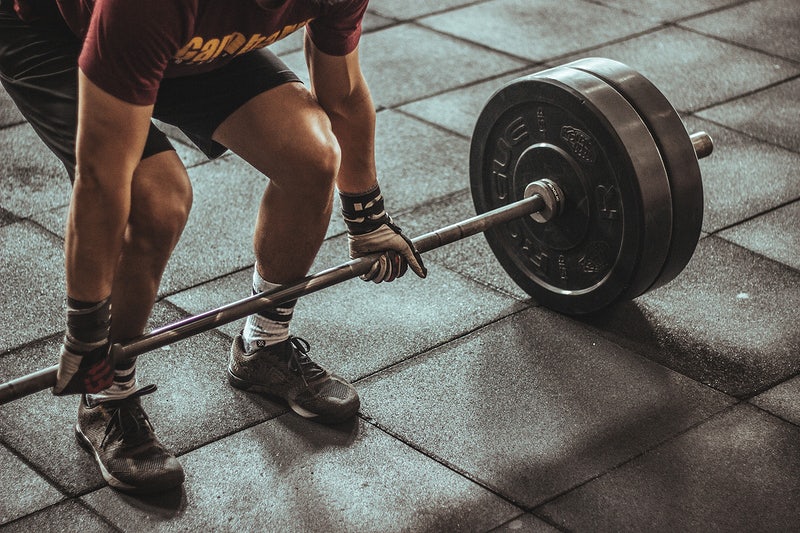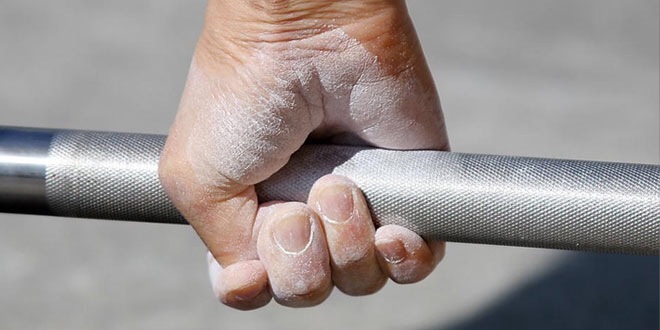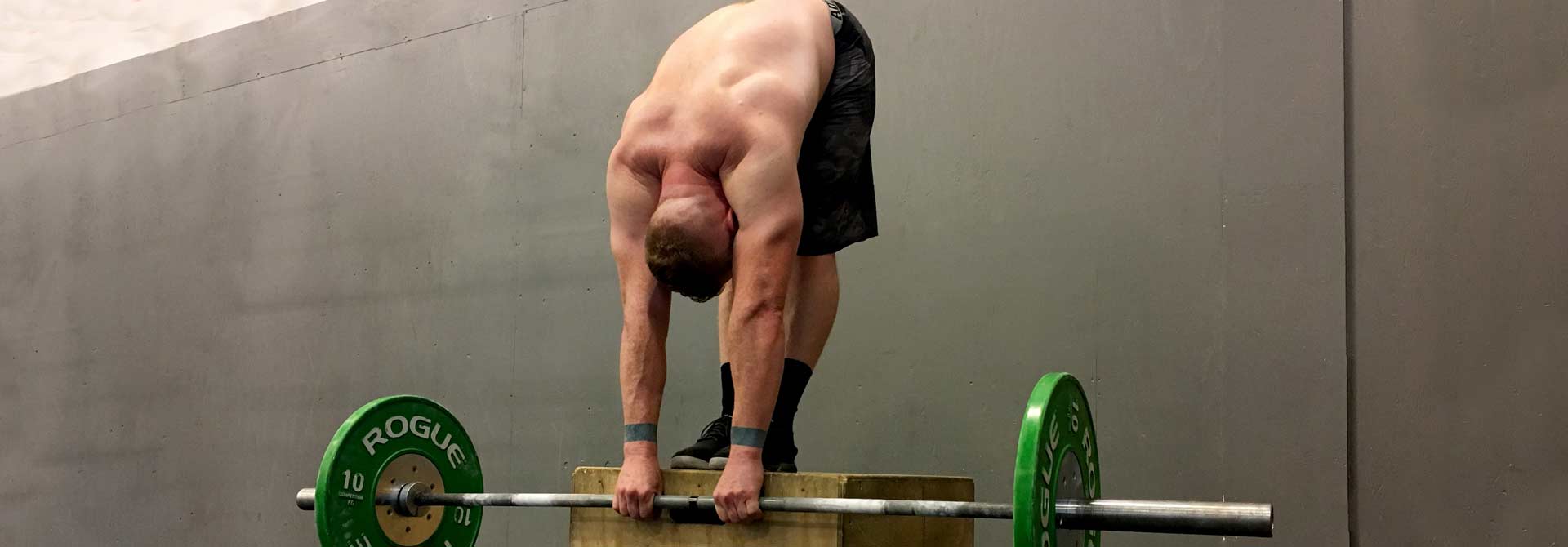Powerlifting is a strength sport of three basic movements – the squat, the bench press, and the deadlift. These are powerlifting movements performed in gyms all across the world, and they feature in the repertoires of trainers across the planet. Yet the typical powerlifting lift is going to look a little different from what most personal trainers and gym-goers tend to teach or perform, even if these lifts do remain fairly simple compared to their Olympic originators (the clean and jerk, and the snatch).
As a sport, powerlifting began as an alternative to
weightlifting, the dominant barbell sport. Powerlifting is simpler and easier
to learn in comparison to weightlifting, and despite being a sport with several
dozen federations and countless coaches, it started as a coach-less sport.
Nowadays, however, competition is fiercer than ever and records are being broken nearly every year. Coaches exist not only to help newbies transition towards serious progress but also to help tomorrow’s talent begin preparing for newer and greater heights.
The Basics
At its core, powerlifting is an incredibly simple sport. Each athlete gets 60 seconds for a lift attempt. Each lift gets three attempts. The best valid results from all of your powerlifting movements determine your total, which determines your score.
Some things to additionally mention is that the type of powerlifting competition determines the amount of gear the lifter is allowed to use. Lifters must wear closed shoes, although they may wear squat shoes or flat shoes. Lifters must wear a singlet with non-supportive underwear and a non-supportive undershirt (a t-shirt).
A lifter must use only federation-approved gear (the IPF is
typically the most restrictive federation in this sense), including the
singlet, belt, knee sleeves, knee wraps, and wrist wraps. Raw lifters may use a
belt, knee sleeves, and wrist wraps, but no other gear. Classic or equipped
lifters additionally may use a much more supportive singlet (a squat suit), as
well as knee wraps. All lifters may use chalk, but the use of any other
substances (water, glue, honey, other adhesives or liquids) is not allowed.
Athletes are categorized by weight and age group and awarded accordingly. Different federations have different rules and nuances, but mostly, the same basic rule set exists across all powerlifting meets. Let us go over the three main powerlifting movements, and how the rules demand that they are performed.
Squat
The first lift performed at any meet is the squat. To qualify at a powerlifting meet, you have to be able to squat, bench press, and deadlift at least 25kg/55lbs. This is the combined weight of the barbell itself (20kg/44lbs) and the collars attached to each end of the barbell (2.5kg/5lbs each). Even if the bar isn’t loaded with any plates, you must be able to lift both the bar and its pair of collars.
If a lift is performed successfully, a lifter receives three white lights from the presiding judges. Any rule violation can result in different colors, with red lights indicating a No Lift. For the squat, the rules are simple. Lifters are instructed to unrack the barbell and begin their descent with the “Squat” command. They’re free to squat however they choose to, provided that:
- There is no downward momentum once the lifter begins squatting from the bottom position.
- The lifter’s hips must descend below the knees (thigh bone below parallel to floor).
- The lifter must lockout completely before reracking the weight.
If the lift is performed successfully without breaking any
of these rules, it’ll be three white lights. Failure to complete the lift in
time, fail to hit depth, or failure to wait until the command to squat is
given, will result in a No Lift.
Bench Press
The bench press is arguably the most complicated of the powerlifting movements, because it has the most commands and the most rules, and is the most technical lift. If you’ve ever bench pressed before, you generally know what the deal is – you lie back on a bench with weight racked on pins above you, and you unrack the weight, lower it to your chest, and press it back up into a top position. In powerlifting, there are a couple of things you need to note:
- You’re allowed and even encouraged to arch in powerlifting. However, there are two basic rules to how much you may arch. Your heels must touch the ground (in most federations) and both your glutes and shoulders must touch the bench. Arching helps lifters get their shoulders into a safer position, with the beneficial side effect of further decreasing the range of motion.
- There are two rings on the barbell. Hand placement for the bench press is illegal if none of your fingers are on or within the rings. This is to prevent lifts where nearly no range of motion exists (these exist anyway, though).
- The bar must touch the torso. This is fairly simple. You can’t just press with an inch of range of motion left to go. To complete the lift, the barbell must come all the way down to the body, touch, and then be pressed back up.
- There are several cues during the bench press. The first is “Down”. This is after the unrack, instructing the lifter to bring the weight down to their body. The second is “Press”. This is important because it means competition bench pressing requires a pause. You can’t ‘touch-and-go’. The third is “Rack”. Again, very important. Most lifters train the bench press without these cues, and beginner lifters or lifters who have never competed before may accidentally rack their bench press weight before the command to rack is given. Remember to train the bench one step at a time: down, press, and rack.
Bench pressing at a raw competition can be done with wrist wraps, but these must be applied properly. Trying to give too much aid to the wrists can result in a No Lift. Again, letting the barbell drop at any point during the actual press is a No Lift. Not listening to the judging commands is a No Lift. You may use chalk and any of the previously mentioned supportive items. In equipped lifting, lifters may wear a bench shirt and thicker singlet, depending on the rules of the competition.
Deadlift
The deadlift is dead simple. Among the three powerlifting movements, it’s the heaviest and simplest movement. Because it’s the biggest lift it usually comprises the most number of pounds or kilos in a lifter’s total, save for elite squatters and equipped lifters (who can often squat more than they pull). You want a big deadlift. You need a big deadlift. Deadlift rules are simple:
- No straps. This is the most crucial one. Most lifters opt to use either a hook grip (a grip that originated in Olympic weightlifting), or a mixed grip (one hand overhand/pronated, one hand underhand/supinated). Using a double overhand grip will typically limit your deadlift.
- No hitching. Hitching means trying to pull the bar in a series of ‘jumps’ or ‘hitches’. The telltale of a hitching deadlift is that a person begins pumping their knees to try and finish the lift with a little extra upward momentum. As with the other lifts, once the bar is moving up, it is not allowed to ever move downward.
- There is only one deadlift command: “Down”. You must finish the lift and lockout until the judge tells you to Down it. In most federations, it doesn’t matter at what speed you down the weight, as long as your hands don’t leave the barbell until it is on the ground. Some federations require you to control the weight on the way down. Dropping it counts as a No Lift. Same with a slipped grip.
- There are two basic types of deadlift: the conventional deadlift and the sumo deadlift. There are no rules on how a person should deadlift. As long as they can pull the weight from the floor into a complete hip lockout, it counts. Sumo and conventional styles happen to be the two ways that allow most people to pull effectively. Whether you’re a good sumo or conventional lifter depends on leverages, hip sockets, and a couple of other factors. The easiest way to test which is better is to train with both until one emerges as much stronger/easier than the other.
The same rules apply as before. Lifters are required to wear their singlet and belt and may use baby powder to make the lift smoother – no other substances. No straps. No wraps or sleeves. The deadlift is the simplest lift, and it’s typically the fastest and the last lift. One of the reasons why it goes last is because it requires the least amount of setup, and meets usually go on for quite some time depending on the athlete pool.
Total
With nine total attempts for all powerlifting movements, the best attempt from each lift is added up into a total for each lifter. Lifters with the highest total within their weight class win gold. The weight classes for powerlifting are:
Women: u47kg, u52kg, u57kg, u63kg, u72kg, u84kg, 84kg+
Men: u59kg, u66kg, u74kg, u83kg, u93kg, u105kg, u120kg,
120kg+
Powerlifting is a sport of totals. While you can aim to
claim a world record in a specific lift, what matters the most (and what gives
you your points) is your placement in a meet based on the total amount of
weight lifted. If you want to be a great powerlifter, you need to get technical
and proficient at each of the three lifts, not just the one or two you like
best.
Want to lift heavier and avoid injuries? 💪🔥
Download our FREE '5-Minute Warm-Up Routine for Maximum Lifting Performance' and get primed for every workout!
Click below to grab your copy now!👇
👉 Download the Free Guide




